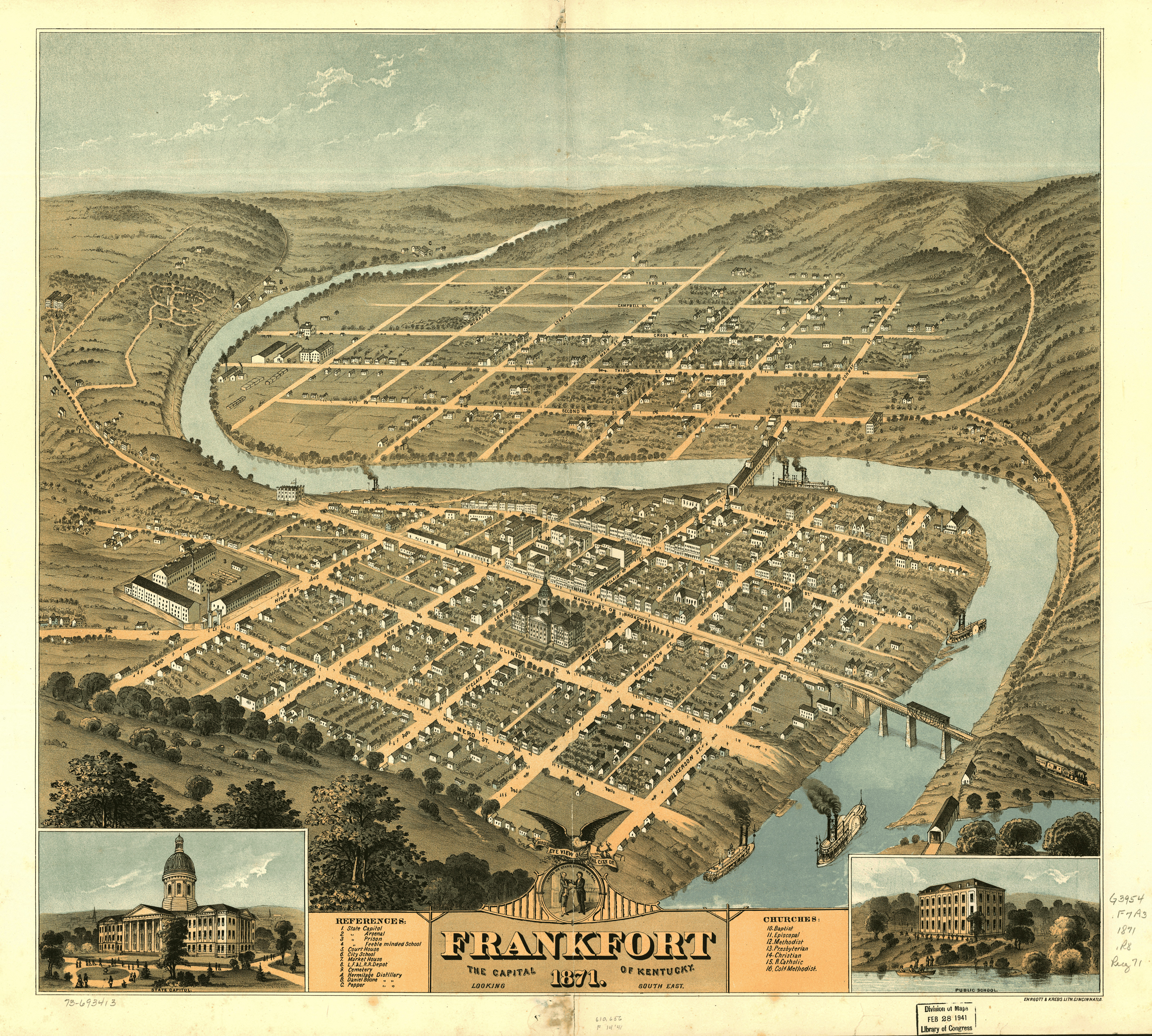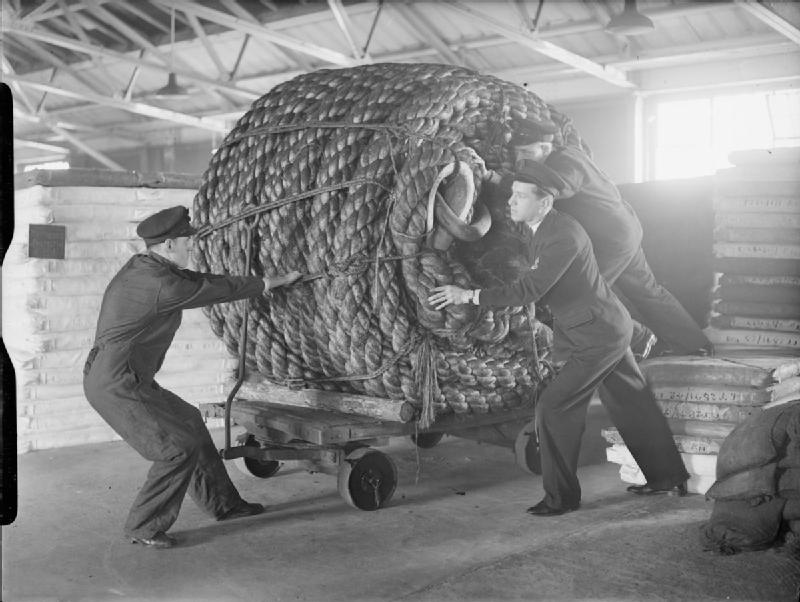|
John C. Watson (admiral)
John Crittenden Watson (24 August 1842 – 14 December 1923) was an admiral of the United States Navy. Biography Watson was born in Frankfort, Kentucky, on 24 August 1842, the grandson of Kentucky politician John J. Crittenden. He graduated from the United States Naval Academy on 15 June 1860. After tours in and , Watson was promoted to master on 19 September 1861 and joined . He distinguished himself in this ship when she went to the aid of the chartered government transport ''Governor'' off the coast of South Carolina on the night of 2–3 November 1861. Watson managed the cables and hawsers which held the two ships together in spite of a violent gale, allowing some 500 men—Marines and crew—to clamber from the foundering ''Governor'' to safety in ''Sabine''. His commanding officer, Captain Cadwalader Ringgold, praised Watson for his "indefatigable exertions" and "utmost skill and efficiency" in keeping the two ships lashed together. Promoted to lieutenant in July 1862, Wats ... [...More Info...] [...Related Items...] OR: [Wikipedia] [Google] [Baidu] |
Frankfort, Kentucky
Frankfort is the List of capitals in the United States, capital city of the U.S. state of Kentucky. It is a list of Kentucky cities, home rule-class city and the county seat, seat of Franklin County, Kentucky, Franklin County in the Upland South. As of the 2020 United States census, 2020 census, the population was 28,602, making it the List of cities in Kentucky, 13th largest city in Kentucky and 4th smallest U.S. state capital by population. Located along the Kentucky River, Frankfort is the principal city of the Frankfort, Kentucky micropolitan area, which includes all of Franklin and Anderson County, Kentucky, Anderson counties. Before Frankfort was founded, the site was a Ford (crossing), ford across the Kentucky River, along one of the great buffalo trails used as highways in Colonial history of the United States, colonial America. English explorers first visited the area in the 1750s. The site evidently received its name after an incident in 1780, when pioneer Stephen Fra ... [...More Info...] [...Related Items...] OR: [Wikipedia] [Google] [Baidu] |
Hawser
Hawser () is a nautical term for a thick rope used in Mooring (watercraft), mooring or towing a ship. A hawser is not waterproof, as is a Nautical cable, cable. A hawser passes through a hawsehole, also known as a cat hole, located on the wikt:hawse, hawse.The American Heritage Dictionary of the English Language, third edition, Houghton Mifflin Company, pp. 829–30, References External links * {{Authority control Shipbuilding Sailboat components Sailing ship components Nautical terminology ... [...More Info...] [...Related Items...] OR: [Wikipedia] [Google] [Baidu] |
Exposition Universelle (1878)
The 1878 Universal Exposition (, ), also known as the 1878 Paris Exposition, 1878 World Fair, or 1878 World Expo, was a world's fair held in Paris, French Third Republic, France, from 1 May to 10 November 1878, to celebrate the recovery of France after the 1870–71 Franco-Prussian War. It was the List of world expositions, third of ten major expositions held in the city between 1855 and 1937. Construction The buildings and the fairgrounds were somewhat unfinished on opening day, as political complications had prevented the French government from paying much attention to the exhibition until six months before it was due to open. However, efforts made in April were prodigious, and by 1 June, a month after the formal opening, the exhibition was finally completed. This exposition was on a far larger scale than any previously held anywhere in the world. It covered over , the main building in the Champ de Mars and the hill of Chaillot, occupying . The Gare du Champ de Mars was rebu ... [...More Info...] [...Related Items...] OR: [Wikipedia] [Google] [Baidu] |
Vallejo, California
Vallejo ( ; ) is a city in Solano County, California, United States, and the second largest city in the North Bay (San Francisco Bay Area), North Bay region of the San Francisco Bay Area, Bay Area. Located on the shores of San Pablo Bay, the city had a population of 126,090 at the 2020 United States census. Vallejo is home to the California State University Maritime Academy, California Maritime Academy, Touro University California and Six Flags Discovery Kingdom. Vallejo is named after Mariano Guadalupe Vallejo, the famed Californio general and statesman. The city was founded in 1851 on Gen. Vallejo's Rancho Suscol to serve as the capital city of California, which it was 1852–1853, after which the Government of California, Californian government moved to neighboring Benicia, California, Benicia, named in honor of Gen. Vallejo's wife Francisca Benicia Carrillo de Vallejo, Benicia Carrillo de Vallejo. The Mare Island Naval Shipyard was founded in 1854, and defined Vallejo's econ ... [...More Info...] [...Related Items...] OR: [Wikipedia] [Google] [Baidu] |
Mare Island Navy Yard
The Mare Island Naval Shipyard (MINSY or MINS) was the first United States Navy base established on the Pacific Ocean and was in service 142 years from 1854 to 1996. It is located on Mare Island, northeast of San Francisco, in Vallejo, California. MINSY made a name for itself as the premier U.S. West Coast submarine port as well as serving as the controlling force in San Francisco Bay Area shipbuilding efforts during World War II. The naval base was closed on 31 March 1996, with more than 7,500 civilians on its payroll, and has gone through several redevelopment phases. It was registered as a California Historical Landmark in 1960, and parts of it were declared a National Historic Landmark District in 1975. Beginnings In September 1849, Lieutenant Commander William Pope McArthur was placed in command of the US survey schooner ''Ewing'', which had been brought around Cape Horn to the West Coast by Lieutenant Washington Allon Bartlett. Upon reaching San Francisco, ''Ewing'' ... [...More Info...] [...Related Items...] OR: [Wikipedia] [Google] [Baidu] |
Ammunition
Ammunition, also known as ammo, is the material fired, scattered, dropped, or detonated from any weapon or weapon system. The term includes both expendable weapons (e.g., bombs, missiles, grenades, land mines), and the component parts of other weapons that create the effect on a target (e.g., bullets and warheads). The purpose of ammunition is to project a force against a selected Targeting (warfare), target to have an effect (usually, but not always, lethal). An example of ammunition is the firearm Cartridge (firearms), cartridge, which includes all components required to deliver the weapon effect in a single package. Until the 20th century, black powder was the most common propellant used but has now been replaced in nearly all cases by modern compounds. Ammunition comes in a great range of sizes and types and is often designed to work only in specific weapons systems. However, there are internationally recognized standards for certain ammunition types (e.g., 5.56×45mm NA ... [...More Info...] [...Related Items...] OR: [Wikipedia] [Google] [Baidu] |
Military Order Of The Loyal Legion Of The United States
The Military Order of the Loyal Legion of the United States (MOLLUS), or, simply, the Loyal Legion, is a United States military order organized on April 15, 1865, by three veteran officers of the Union Army. The original membership was consisted of commissioned officers of the Regular or Volunteer Army, U.S. Navy, U.S. Marine Corps, or the U.S. Revenue Cutter Service who served during the American Civil War or who had served and thereafter been commissioned and who thereby had aided in maintaining the honor, integrity, and supremacy of the national movement" during the Civil War. The Loyal Legion was formed in response to rumors from Washington of a conspiracy to incapacitate the United States government by the assassination of its leaders in the immediate aftermath of the assassination of President Abraham Lincoln. The founding members stated their purpose as cherishing the memories and associations of the war waged in defense of the unity and indivisibility of the Republic; ... [...More Info...] [...Related Items...] OR: [Wikipedia] [Google] [Baidu] |
Warrington, Florida
Warrington is a census-designated place (CDP) in Escambia County, Florida, United States. Warrington is located between downtown Pensacola and the state line with Alabama; it is away from both. The population was 15,218 at the 2020 census, up from 14,531 at the 2010 census. It is part of the Pensacola– Ferry Pass– Brent, Florida Metropolitan Statistical Area. A failed referendum was held in 1975 to incorporate Warrington as a town. Despite falling outside of city limits and having a post office explicitly named "Warrington", mail going to the addresses in the Warrington ZIP code (32507) falls under the jurisdiction of Pensacola. Naval Air Station Pensacola is located in Warrington, albeit with their own ZIP code, 32508, corresponding to the mailing city "Naval Air Station Pensacola, FL", as well as their own census-designated place "Pensacola Station". History Warrington is named for Lewis Warrington, who served as Secretary of the Navy, and who helped choose the are ... [...More Info...] [...Related Items...] OR: [Wikipedia] [Google] [Baidu] |
Confederate States Army
The Confederate States Army (CSA), also called the Confederate army or the Southern army, was the Military forces of the Confederate States, military land force of the Confederate States of America (commonly referred to as the Confederacy) during the American Civil War (1861–1865), fighting against the United States forces to support the rebellion of the Southern states and uphold and expand Slavery in the United States, the institution of slavery. On February 28, 1861, the Provisional Confederate Congress established a provisional volunteer army and gave control over military operations and authority for mustering state forces and volunteers to the newly chosen Confederate States president, Jefferson Davis (1808–1889). Davis was a graduate of the United States Military Academy, on the Hudson River at West Point, New York, and colonel of a volunteer regiment during the Mexican–American War (1846–1848). He had also been a United States senator from Mississippi and served a ... [...More Info...] [...Related Items...] OR: [Wikipedia] [Google] [Baidu] |
Steam Sloop
Steam frigates (including screw frigates) and the smaller steam corvettes, steam sloops, steam gunboats and steam schooners, were steam-powered warships that were not meant to stand in the line of battle. The first such ships were paddle steamers. Later on the invention of screw propulsion enabled construction of screw-powered versions of the traditional frigates, corvettes, sloops and gunboats. Evolution First steam warships The first small vessel that can be considered a steam warship was the '' Demologos'', which was launched in 1815 for the United States Navy. From the early 1820s, the British Navy began building a number of small steam warships including the armed tugs and , and by the 1830s the navies of America, Russia and France were experimenting with steam-powered warships. Hellenic sloop-of-war '' Kartería'' (Καρτερία; Greek for "Perseverance") was the first steam-powered warship to be used in combat operations in history. It was built in 1825 in an Engli ... [...More Info...] [...Related Items...] OR: [Wikipedia] [Google] [Baidu] |
David Farragut
David Glasgow Farragut (; also spelled Glascoe; July 5, 1801 – August 14, 1870) was a flag officer of the United States Navy during the American Civil War. He was the first Rear admiral (United States), rear admiral, Vice admiral (United States), vice admiral, and Admiral (United States), admiral in the United States Navy.#Farragut79, Farragut, 1879, p. 3#Hickman, Hickman, 2010, p. 216 He is remembered in U.S. Navy tradition for his bold order at the Battle of Mobile Bay, usually abbreviated to "Damn the torpedoes ... full speed ahead."#Stein, Stein, 2005, p. 5#Spears, Spears, 1905, p. 328 Born near Knoxville, Tennessee, Farragut was fostered by naval officer David Porter (naval officer), David Porter after the death of his mother. When he was 11 years old, Farragut served in the War of 1812 under the command of his adoptive father. He received his first command in 1823, at the age of 22, and went on to participate in West Indies anti-piracy operations of the United States, ant ... [...More Info...] [...Related Items...] OR: [Wikipedia] [Google] [Baidu] |






